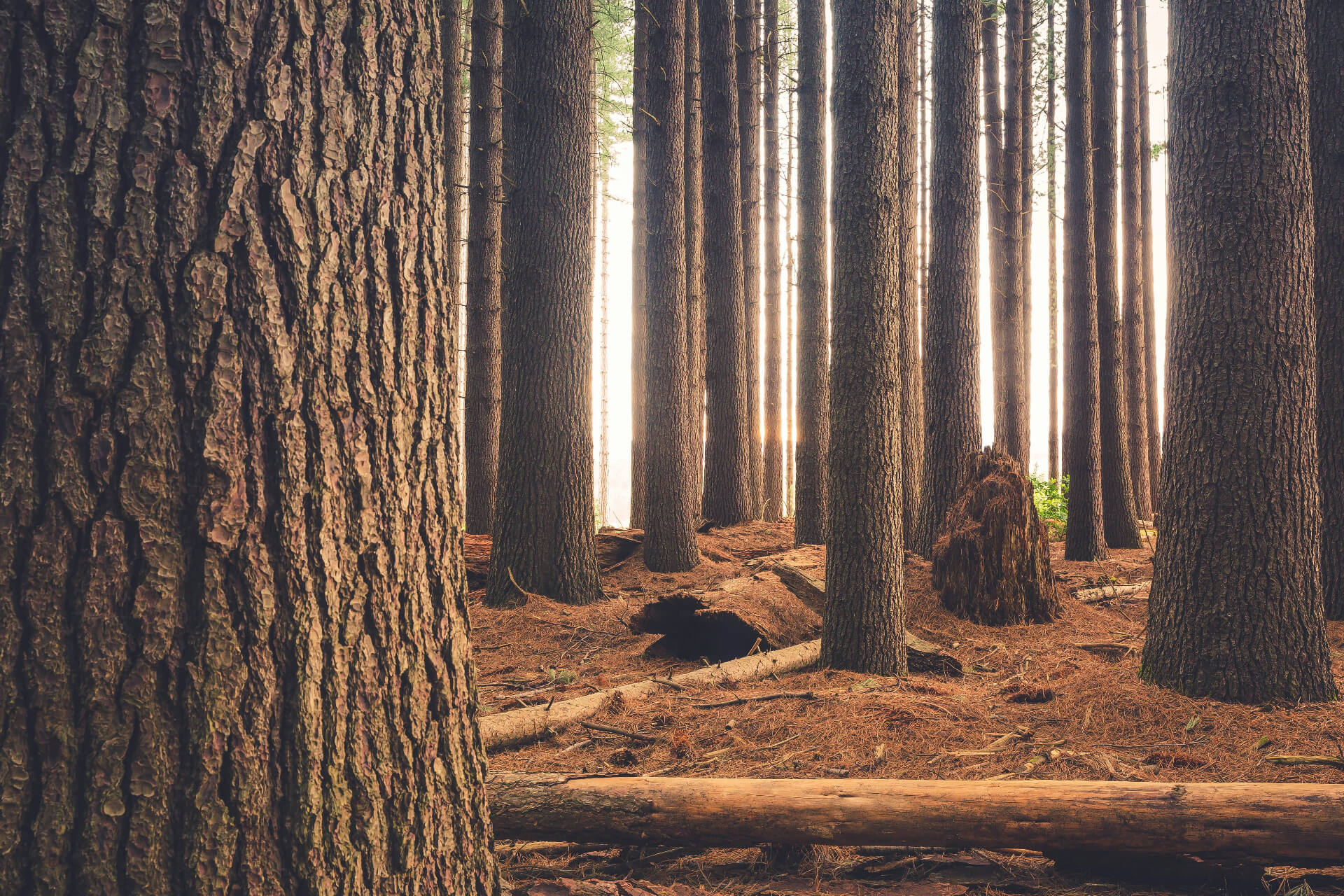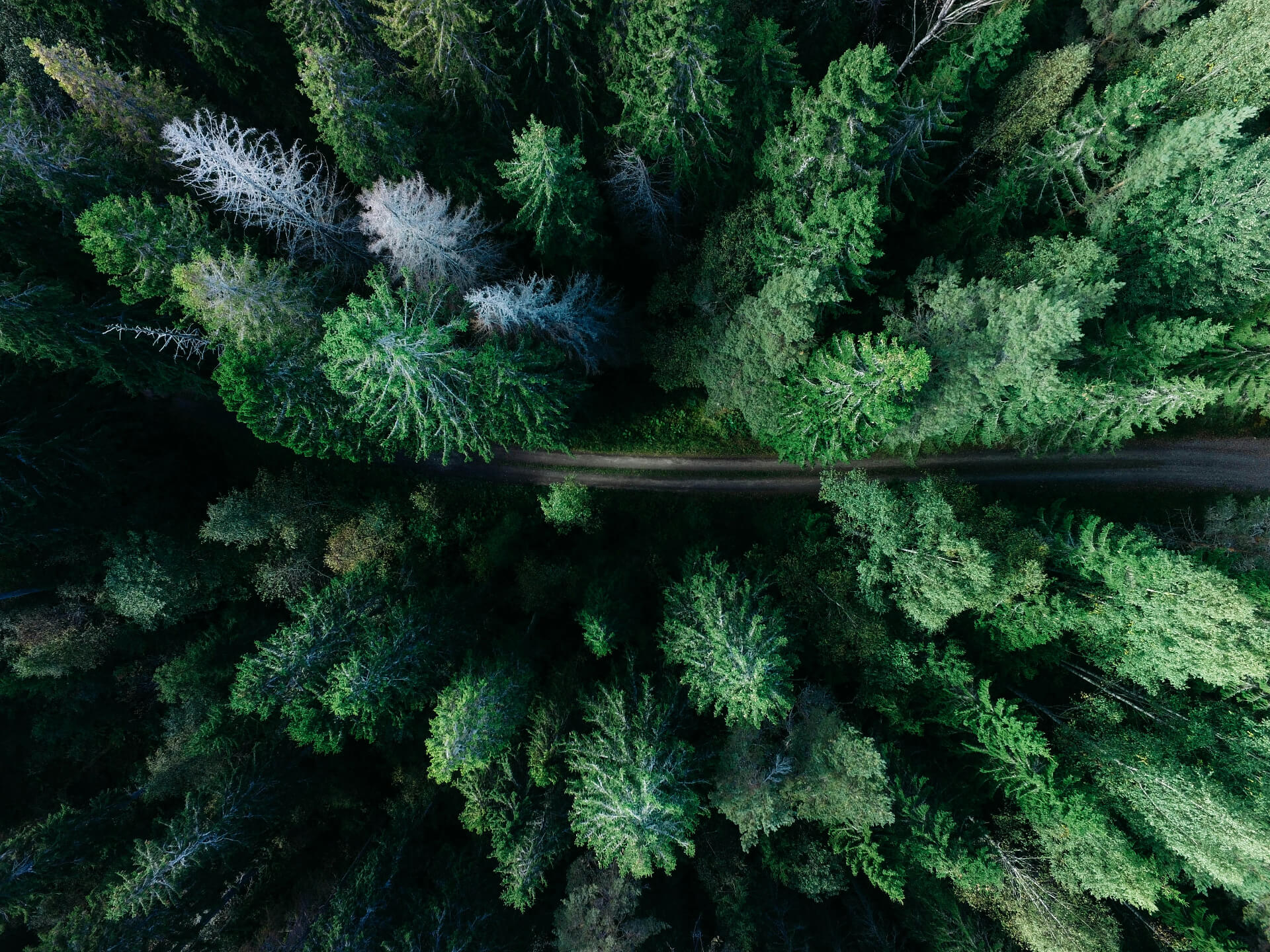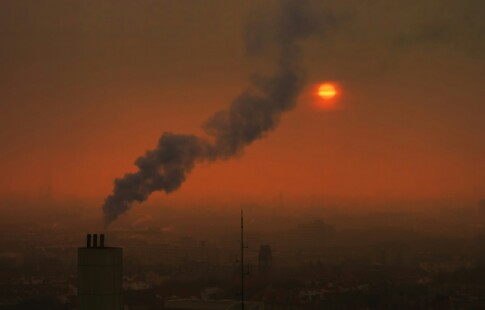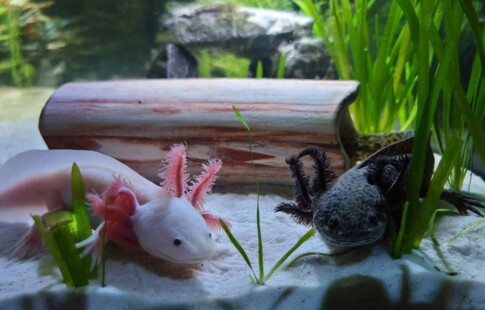
What Are Forest Developments? Growing Sustainable Structures Amid Climate Change
We are reader-supported. When you buy through links on our site, we may earn affiliate commission.
Forestry is one of the most essential efforts in the modern age, especially as clear-cutting and deforestation continue to destroy habitats and remove carbon-sequestration from the world’s stores. Forest developments are the projects making sure these habitats stay strong and regrow from years of human exploitation. What are the details?
What Are Forest Developments?
Forest developments are projects meant to benefit a wooded area. Typical definitions say the development is supposed to “improve” the forest, but this is not specific. The beauty of this vagueness is that the development can be curated for each region’s needs.
If an area needs a specific amount of funding, then the development project uses this metric to drive it. If it needs more saplings, then trees planted is the goal. It could also be to attract or deter certain species, like pollinators or invasive varieties, respectively.
They are outlines for healing forests for improving the health of the plants, animals, and soil. The driving factor may also be to restore its natural beauty. No matter what the objective may be, utilizing native plants is the most reliable way to set up a forest development for success. It helps surrounding trees and flowers to grow resiliently and confidently.
Most of the time, these efforts will regenerate regions affected by anthropogenic climate change or industry, like logging. Many of the experts leading these projects also work to assert legislative and policy change.

What Are Forest Development Types (FDTs)?
FDTs describe the comprehensive plan for the forest stand and the expectations are based on the objective and species. They are standardized recommendations for forestry managers. It helps fight toxic ideals in current silvicultural practices which promote too-competitive trees instead of more organic regeneration. It also provides strict guidance so the forestry sector is more likely to find the most powerful, potent combinations for optimal growth.
Many FDTs detail the percentage of species that should be within a single stand. In most cases, including multiple species supports plant resilience and nutrient distribution. It makes them better adapted, while being applicable enough to use in multiple forested areas where specific native species are relevant.
FDTs consider several metrics about the area, including soil type and regional climate. Without this nuanced perspective, professionals fail to heal forests back to their intended stature. However, the goal is to make them stronger than before, which is why FDTs have become more precise and considerate over the years.
What Is the Growth Forest Model?

The forest growth model is a way to simulate the effectiveness of development types, and it’s a powerful tool for making these projects successful in the long term. It allows researchers to gather data and determine yields under the conditions they want to apply to the region and its species. Employing these simulations before application is crucial for eliminating human error and ensuring the health and wellness of the development.
Some experts rely on the Physiological Processes Predicting Growth model, also known as 3-PG. This method considers climate change in its experiments. It has worked for decades and has been the go-to for several reasons. First, the model requires less data than others, making clarity easier to obtain while making datasets more readable. It allows more swift action while clearing a lot of visual clutter from research.
However, its focus on monospecific models has garnered criticism for the method’s lack of comprehensiveness. Ecological advancements have made these resources more diverse, expanding from strictly evergreen forests to regions with more diverse characteristics, including uneven-aged and mixed-species makeups. Modern implementation demonstrate their effectiveness in producing healthy forests. A case study using this structure identified the most productive regions in the lowlands of Switzerland for ideal growth potential.
Numerous other models exist in the field, and applications will determine what are the most viable and lucrative in a climate change-ridden world.
What Are the Stages of Forest Development?
Now you know what goes into forest development and how planners consider their plans. What does it look like in practice? The stages of forest development, or succession, follow these four touchpoints to ensure gradual yet effective implementation.
Stand Initiation
Forestry experts initiate the new plant community in this first phase, but only after they have isolated any concerns from the existing environment. This includes negative influences like invasive species or lack of access to sunlight. Scientists will find ways to provide initiating plants with the resources they need to thrive until they achieve dominance in the area. This could take decades of oversight and forestry management.
Stem Exclusion
This is the time for developers to reevaluate. How well are the plants doing, and are there any that need to be removed from the final vision because they are now a hindrance? Soil tests are necessary for determining nutrient density and stress, and canopy analysis is also crucial for seeing how well sunlight is permeating this new growth. Removing plants that failed to win competition for resources will keep the rest of the development growing as fast as possible.
Understory Reinitiation
At this stage of development, trees are producing seeds. The bottom layer of vegetation, called the understory, is ready for new growth. This is based on the life span of the dominant species.
Steady State
A strong canopy, population, and understory are the components of a healthy, mature forest. The oldest begin to die and new plants begin to fill the gaps in the canopy. What happens at this stage is up to the developers. Regenerative harvesting is an option, or leaving the development alone with some long-term management is available too.

Forest Developments in Action
The world needs structured action to fight greedy corporations abusing lumber. Species need their homes to remain strong and sturdy while having a balance of incoming resources for the world’s most critical products.
Forest developments will not only help ecologists feel better about the state of the world’s forests. It will help industries that need these resources, like construction, which need to reshape their practices while considering the planet’s natural resources.
Share on
Like what you read? Join other Environment.co readers!
Get the latest updates on our planet by subscribing to the Environment.co newsletter!
About the author

Jane Marsh
Starting from an early age, Jane Marsh loved all animals and became a budding environmentalist. Now, Jane works as the Editor-in-Chief of Environment.co where she covers topics related to climate policy, renewable energy, the food industry, and more.





